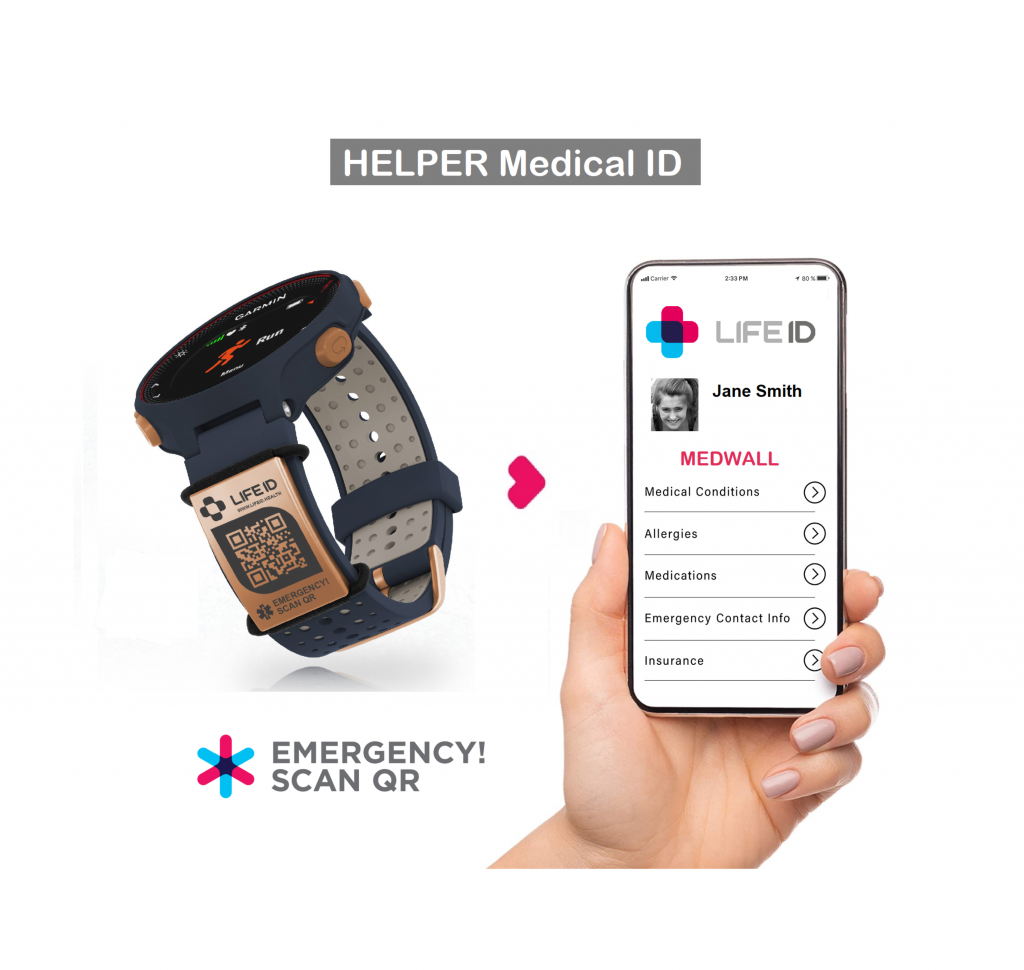
What is fainting, and what causes it?
Fainting, or syncope, is a sudden and temporary loss of consciousness. It usually happens when there is a slight decrease in the amount of oxygen reaching the brain.
Possible causes include:
- poor circulation
- the use of certain medications
- low blood volume, for example, due to dehydration
- emotional distress
Fainting is not usually serious, but sometimes, it can indicate an underlying medical issue. People should treat every case of fainting as a medical emergency until they have uncovered the cause and treated the symptoms.
What is fainting?
Fainting is a brief loss of consciousness that can occur with or without a serious medical issue. It can cause a person to slump in a chair or fall to the ground. Most people wake up after a few seconds and can remember feeling a little dizzy or sick before fainting.
Health experts associate fainting with decreased oxygen supply to the brain, but usually not to a degree that is dangerous.
Causes
Different underlying conditions can cause a person to faint. We discuss some of them in detail below.
Neurocardiogenic syncope
Neurocardiogenic, or reflex, syncope happens when a temporary problem arises with the autonomous nervous system (ANS). The ANS is the system that controls the body’s automatic functions, such as heart rate, breathing, and digestion.
Health experts also refer to neurocardiogenic syncope as neurally mediated syncope (NMS) or vasovagal syncope.
In NMS, a drop in blood pressure slows the heartbeat and pulse rate. This temporarily affects the brain’s blood and oxygen supply.
Possible triggers of NMS include:
- fear
- heat exposure
- exposure to toxins
- stress
- fatigue
- pain
- being in a crowded place
Around half of all cases of fainting are of this type. Usually, it is not serious and does not need treatment.
Occupational syncope
Occupational, or situational, syncope is a type of NMS, but the triggers are physical and include:
- passing stools or urine
- coughing or sneezing
- vomiting
- having gastrointestinal disturbances
- engaging in physical activity, such as exercising or lifting a heavy weight
- standing for a long time
Children, teenagers, and pediatric fainting
According to a 2020 review, fainting is common in children, affecting around 15% of those aged under 18 years at some time. Most causes are benign. In some cases, however, the underlying cause will need addressing.
The same review found that the most common cause was NMS, or reflex syncope. Common triggers include standing for a long time and emotional distress. The second most common cause was postural orthostatic tachycardia syndrome, where the heart beats faster when a person stands up.
In most cases, an appropriate intake of fluids and electrolytes is enough to resolve fainting in children, although some may need other types of medication.
Breath-holding and fainting in infants
Sometimes, an infant or child may faint after holding their breath for up to 1 minute. The child may do this when they are upset or afraid or experience a shock or pain.
They may:
- cry and then be silent while holding their breath
- open their mouth as if to cry, but remain silent
- lose consciousness for 1–2 minutes
In most cases, the child will regain consciousness, and the incident will pass. However, someone should seek emergency medical help if the child:
- appears blue or gray
- becomes floppy
- is shaking, stiff, or jerking, which may be a sign of a seizure
- cannot be woken
Whoever is with the child should:
- remain calm
- stay with the child
- lay them on their side, away from anything that could injure them
- reassure them and encourage them to rest afterward
This type of fainting is not uncommon. Children who experience it will usually do so only until they are 4–5 years old.
Treatment
If fainting could be due to an underlying health condition, a person should seek medical attention.
A doctor will likely carry out investigations, such as an electrocardiogram (ECG), to rule out problems such as heart disease. Depending on the results, the person may need treatment.
If an individual with a known underlying health condition faints, it may be that their medications need adjusting or that symptoms have progressed. Addressing the underlying cause can help prevent future episodes and manage the underlying condition.
People who are likely to faint at the sight or thought of an injection or blood can tell a healthcare professional before undergoing a medical procedure that may involve this. The professional can then ensure the individual is in a safe position, such as lying down, before starting the procedure.
If a person faints and does not have a health condition, they may be able to prevent future episodes by avoiding triggers, such as standing for a long time.
People who feel faint on standing up may benefit from:
- ensuring they take time to sit up or stand up
- wearing compression stockings
- avoiding medications that worsen the problem, such as diuretics
In some cases, a doctor may recommend intravenous (IV) fluids or medications to prevent fainting. An IV fluid or medication is one that a healthcare professional administers into a vein.
What to do if somebody faints
People who feel themselves becoming faint should do the following:
- Find a safe place to sit or lie down.
- When sitting, place their head between their knees.
- When standing up again, do so slowly.
If a person notices that somebody is fainting, has fainted, or is about to faint, they can help by doing the following:
- Help the person lie down on their back.
- Check for any injuries.
- Raise their legs above heart level to restore blood flow to the brain.
- Ensure there is plenty of fresh air.
- If there is a crowd, ask other people to move away.
- When the person regains consciousness, do not let them get up too quickly.
- If they remain unconscious for more than about 1 minute, put them in the recovery position and get emergency medical help.
If the person is not breathing or remains unresponsive, someone should call for emergency help and prepare to do cardiopulmonary resuscitation (CPR) if they know how to do it:
- Check for coughing or movement.
- Make sure that the airway is clear.
- If there is no sign of breathing or circulation, start CPR.
- Continue CPR until either help arrives or the person starts breathing on their own.
- Put them in the recovery position and stay with them until help comes.
- If the individual is bleeding after the fall, apply direct pressure to the wound to help control the bleeding.
When to contact a doctor
A fainting episode may be the symptom of a more severe underlying condition, such as heart disease.
People should seek medical assistance if they:
- have a first episode of fainting
- noticed chest pains or an irregular, pounding heartbeat before losing consciousness
- have a history of heart disease
- sustain an injury due to fainting
- had fecal or urinary incontinence any time before, during, or after fainting
- faint during pregnancy
- have recurring episodes of fainting
- have diabetes
- lost consciousness for more than a few minutes after fainting
Diagnosis
The doctor will ask about:
- the person’s medical history and any medications they take regularly
- details of any previous episodes
- whether they have a family history of heart disease
- what the person was doing and where they were just before fainting occurred
- any other symptoms
The doctor will listen to the heart to check for underlying cardiac conditions. If they suspect a heart problem, the person may need to consult a heart specialist, or cardiologist.
Tests may include:
- an ECG, to check the electrical activity of the heart
- an echocardiogram
- an exercise stress test
- a tilt test, to monitor blood pressure, heart rhythm, and heart rate on moving from lying down to an upright position
- a Holter monitor test, in which an individual wears a portable device under their clothing that monitors every heartbeat for 1–2 days
- blood tests to check for anemia or diabetes
If the tests do not show a treatable condition, the doctor will schedule a follow-up.
Summary
Fainting is a common event that can occur for many reasons, ranging from being in a crowded space to having a health condition, such as heart failure. It happens when too little oxygen reaches the brain.
In most cases, fainting is not a cause for concern. However, if it stems from an underlying condition, a person may need treatment to address the problem.
ABOUT LIFE ID
The Ultimate Medical ID. More Than Just A Few Engraved Lines: Many health conditions require more than a couple words to explain. Each LIFE ID product links to your online profile where you can store unlimited medical information for free
Use Coupon Code 10BUCKSOFF And Get $10 Off Any LIFE ID Today!
HOW LIFE ID WORKS
LIFE ID VIDEOS

